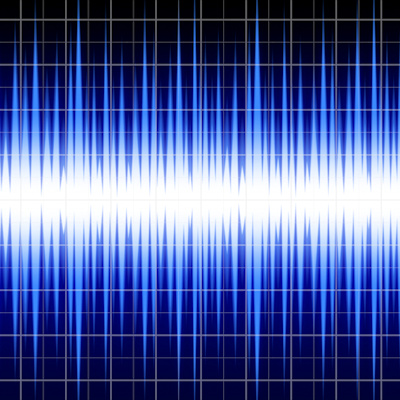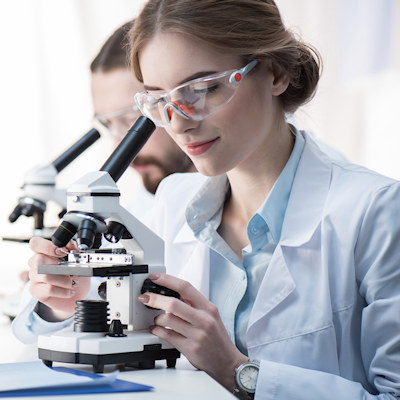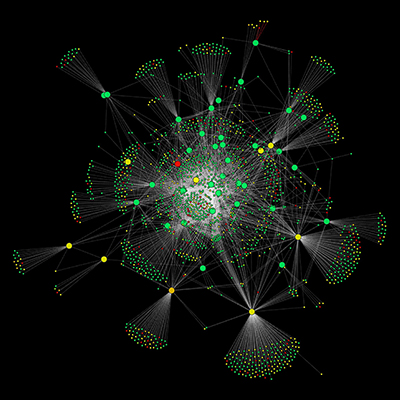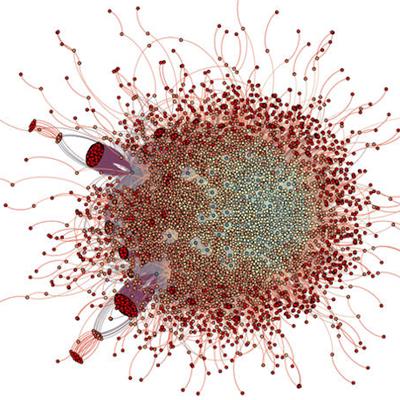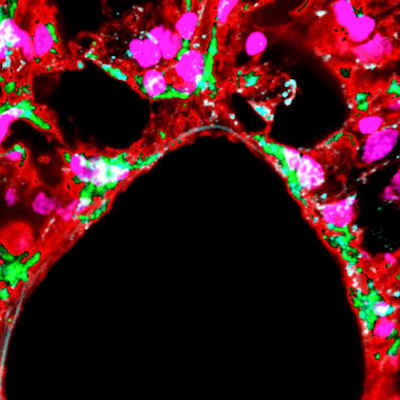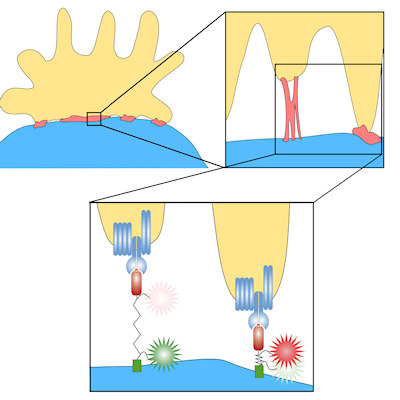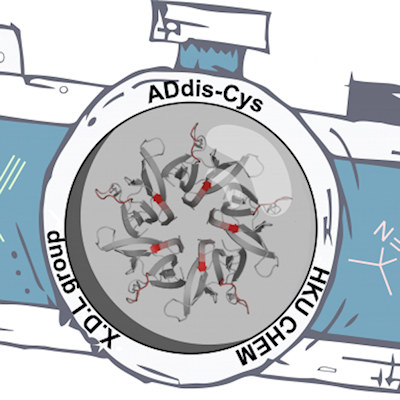June 9, 2023 -- Temporary protein-protein bonds are essential for many bodily functions, including enzymatic reactions, antibody binding, and responses to medication. A study published Wednesday in Biophysical Journal used sound waves to measure the strength and duration of those bonds under loads similar to those inside the body.
Accurate characterization of protein-protein bonds is important for testing the performance of potential therapies. However, current testing methods are limited in their ability to provide information at the single bond level, or to test large numbers of bonds.
The researchers sought to develop a method with high molecular precision and throughput that could be applied to different types of bonds. They combined two existing technologies: acoustic force spectroscopy, which allows many molecular pairs to be tested simultaneously, and DNA scaffolds, which enable the same bonds to be tested repeatedly.
Their method used sound waves to pull two bonded proteins apart and DNA "leashes" to keep the proteins close together so that they could re-bond after their connection was ruptured. While the DNA scaffold holds the two proteins together, their bond is characterized using acoustic force spectroscopy. This innovation allows the same protein bonds to be re-tested up to 100 times, providing valuable information about how bond strength changes as molecules age.
During acoustic force spectroscopy, the bonded protein pairs are tested inside a liquid-filled chamber. The DNA scaffolding involves one strand of DNA that attaches the first protein to the bottom of the chamber, while another strand attaches the second protein to a small silica bead. When the researchers blast the chamber with a soundwave, the wave's force pulls the silicon bead -- and the protein attached to it -- away from the bottom of the chamber. If the force is strong enough, this pull ruptures the bond between the two proteins.
This method also incorporates a third strand of DNA between the two side strands. This strand acts as the leash keeping the two proteins close together after their bond is ruptured. Without this leash, the detachment would be irreversible.
As a proof of concept, the research team used the technique to characterize two single-molecule interactions of biomedical interest: the bond between proteins and rapamycin, an immunosuppressive drug, and the bond between a single-domain antibody and an HIV-1 antigen.
The researchers observed these cycles of bonding and rupturing under a microscope. They believe that testing the same protein-protein bond multiple times may help in exploring variation between molecularly identical pairs, and in examining how these interactions change as the molecules age, which could be important for determining the half-life of drugs or antibodies.
"With this tool we have a way to go deeper and really experimentally probe ideas about molecular heterogeneity and molecular aging," senior author Laurent Limozin, biophysicist at the Centre National de la Recherche Scientifique, said in a statement. "We suspect that characterizing these properties will be very useful for designing future therapeutics that will need to work in situations where mechanical forces are involved."
Copyright © 2023 scienceboard.net





